Optimal Timing for Tile Installation
Tile installation timing can significantly impact the quality and longevity of the finished surface. Factors such as weather conditions, humidity levels, and indoor climate control influence optimal installation periods. Proper scheduling ensures that materials set correctly and reduces the risk of issues like warping or moisture damage.
Spring and early fall are generally ideal due to moderate temperatures and humidity levels, which facilitate proper curing and adhesion.
Avoid installation during extreme heat, cold, or high humidity, as these conditions can affect adhesive performance and grout setting.
Indoor installations are less affected by weather, making winter and summer feasible when climate control is maintained properly.
Materials should be stored in controlled environments to prevent moisture absorption or temperature-related issues prior to installation.
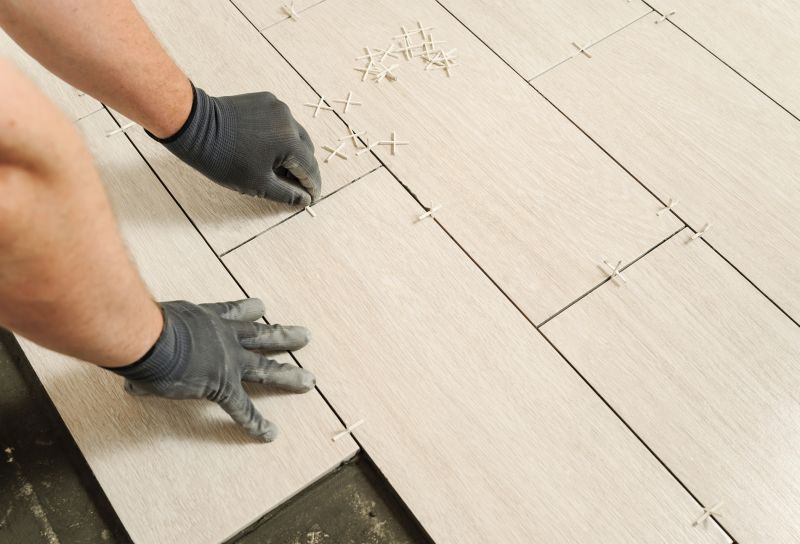
Ways to make Tile Installations work in tight or awkward layouts.
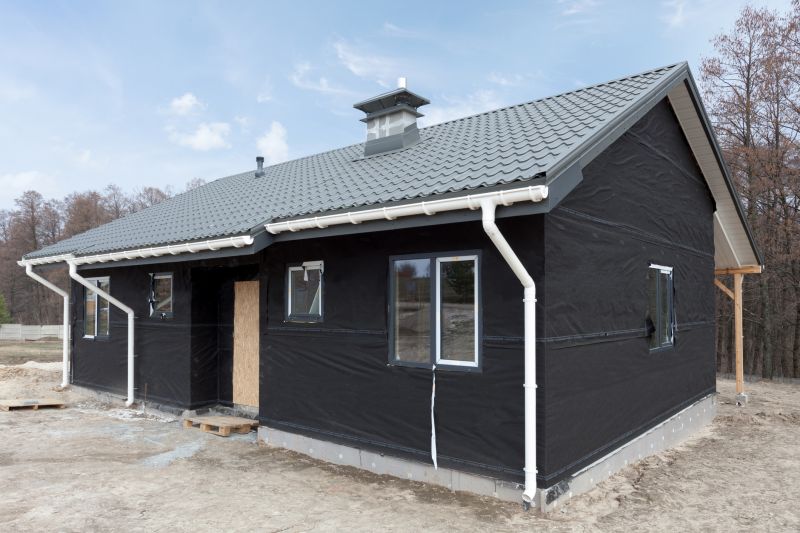
Popular materials for Tile Installations and why they hold up over time.
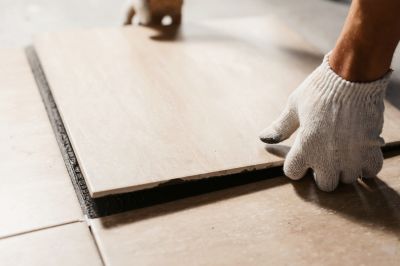
Simple add-ons that improve Tile Installations without blowing the budget.
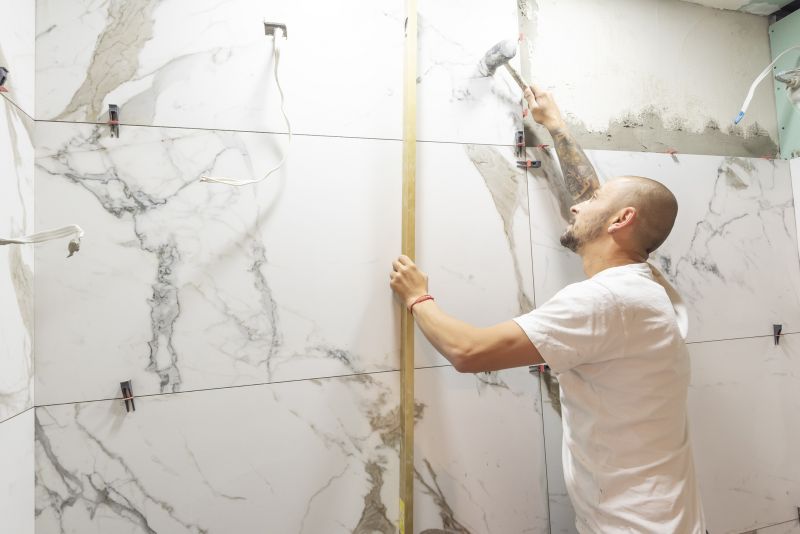
High-end options that actually feel worth it for Tile Installations.
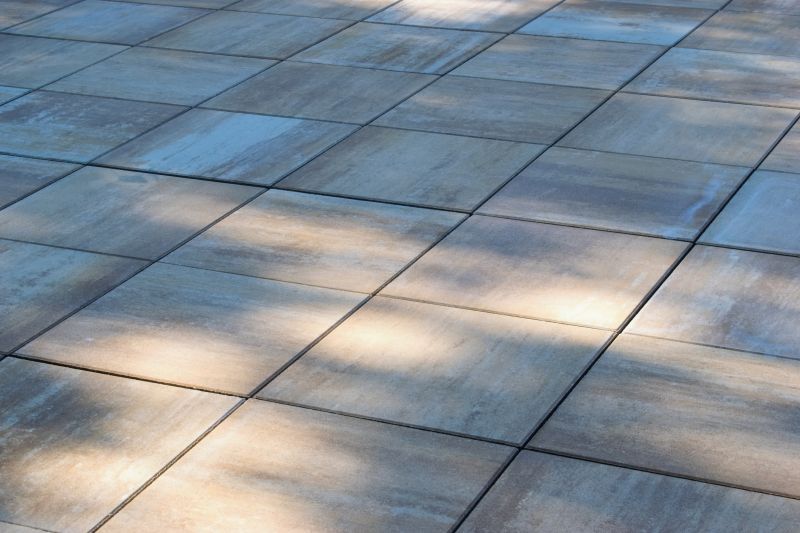
Finishes and colors that play nicely with Tile Installations.
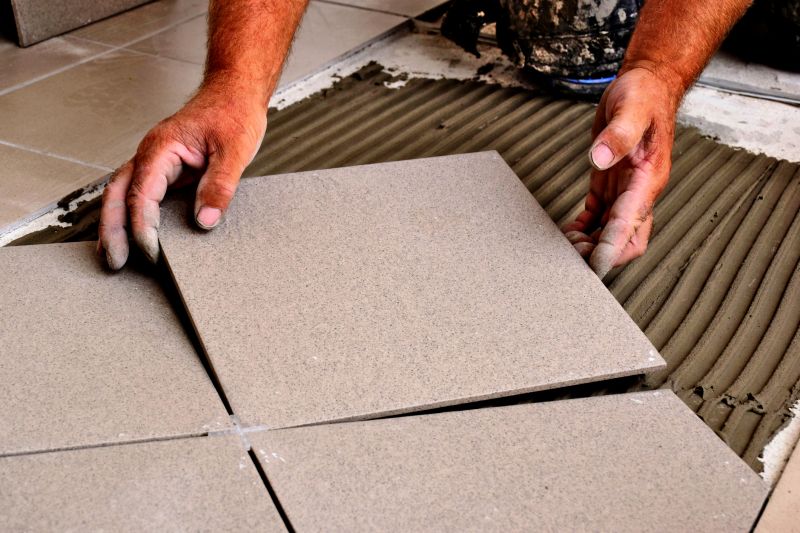
Little measurements that prevent headaches on Tile Installations day.
Tile installations are a popular choice for both residential and commercial spaces due to their durability and aesthetic appeal. Proper timing and preparation are essential to achieve a high-quality finish that lasts for years. The right season can help prevent issues such as grout cracking, tile shifting, or moisture-related damage, especially in outdoor settings.
Statistics indicate that installations performed during moderate weather conditions tend to have fewer callbacks and warranty claims. For outdoor projects, avoiding winter and peak summer heat minimizes the risk of thermal expansion and contraction. Indoor projects benefit from controlled environments, allowing flexibility in scheduling regardless of seasonal changes.

A 60-second routine that keeps Tile Installations looking new.

A frequent mistake in Tile Installations and how to dodge it.

Small tweaks to make Tile Installations safer and easier to use.

Lower-waste or water-saving choices for Tile Installations.
| Season | Best Practices |
|---|---|
| Spring | Ideal for outdoor and indoor installations; moderate temperatures and humidity. |
| Summer | Suitable for indoor projects; avoid outdoor work during peak heat. |
| Fall | Good for outdoor projects; moderate weather reduces risks. |
| Winter | Best for indoor installations; avoid outdoor work in freezing conditions. |
| Late Fall | Prepare materials and plan indoor projects during colder months. |
| Early Spring | Start outdoor installations early when weather permits. |
Choosing the appropriate time for tile installation can enhance durability and aesthetic quality. Proper planning based on seasonal conditions ensures that materials set correctly and reduces the likelihood of future repairs. Consulting with a professional installer can help determine the optimal schedule for specific project requirements.

The short, realistic tool list for quality Tile Installations.

Rough timing from prep to clean-up for Tile Installations.

Quick checks and paperwork to keep after Tile Installations.
Interested in scheduling a tile installation? Filling out the contact form can provide guidance on the best timing for specific project needs and ensure a successful, long-lasting result.



